Review: Colossal Cave [PC & Meta Quest 2]
Experience the Colossal Cave adventure in a 3D world!
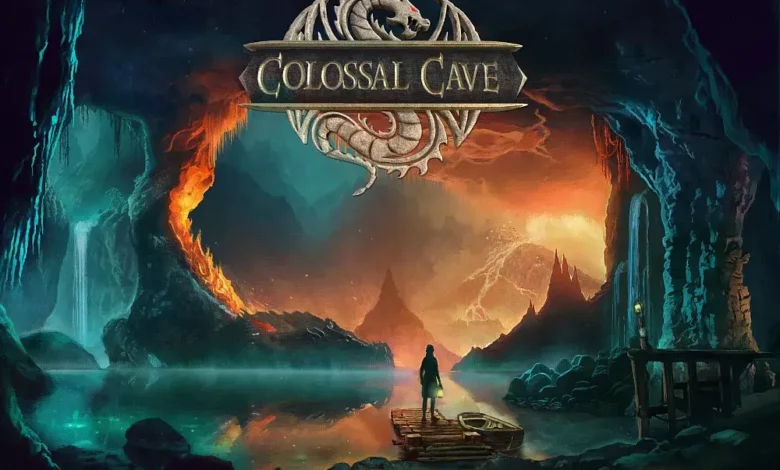
Meta Quest 2 VR review by David Maddox
If you grew up in the ’80s and ’90s, or you’re a gaming history buff, the name Sierra On-Line likely means a good deal to you. Likewise, the text adventure Colossal Cave Adventure probably holds a special place in your heart. It certainly does for Sierra’s founders Ken and Roberta Williams, who, after nearly three decades away from the industry, made their legendary return to video games with last week’s launch of the Colossal Cave remake.
Along with the help of their new development team Cygnus Entertainment, the Williams took the classic 1976 text adventure and brought it to life with full 3D visuals. In addition, the team optimized the game with virtual reality in mind. Yet, at its core, Colossal Cave retains the identity of the original title through its gameplay mechanics.
However, how do the classic design choices hold up to today’s standards? Does this remake accomplish its goal to bring the iconic title to a modern audience? Find out as we journey into the mystical depths of Colossal Cave!
Enter a world of adventure
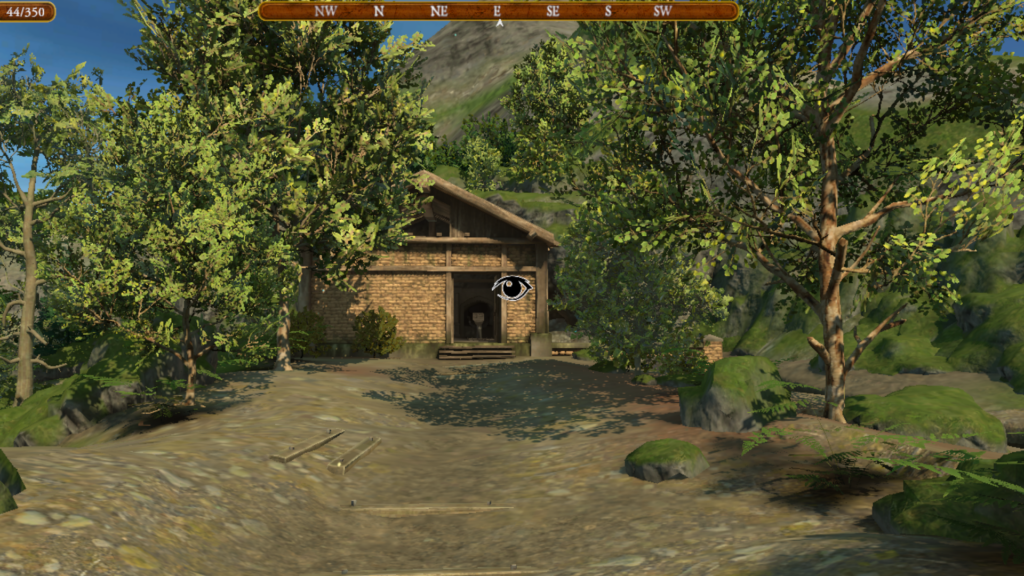
Just like the original game, Colossal Cave doesn’t offer much of a story. Instead, the game prioritizes exploration and discovery as you traverse deeper into the mysterious cavern. All you know is that the cave holds treasure and magic, as well as that many who entered before never came back.
From there, the remake opens with the same classic dialogue from the text game. Only now, you can freely look and move around as you approach the lone cabin by the scenic stream. After grabbing a key from the cabin, your adventure officially begins as you use the key to unlock the door leading into the fabled cave.
While the game doesn’t offer clear narrative objectives, it does face you with the simple premise of finding treasure. Throughout the cave, you’ll enter diverse rooms and solve many puzzles while exploring to find more treasure. As you collect treasure and return it to your aforementioned cabin at the start of the game, you’ll earn points. Ultimately, your goal is to hit the coveted 350 points.
Immerse yourself in the diverse rooms of the cave
Admittedly, the graphics in Colossal Cave are unimpressive at first glance. With dated visuals that harken back to what you would expect to see on the PlayStation 2, the game hardly resembles other high-profile contemporary releases. However, I’m not saying that the game is visually displeasing, either.
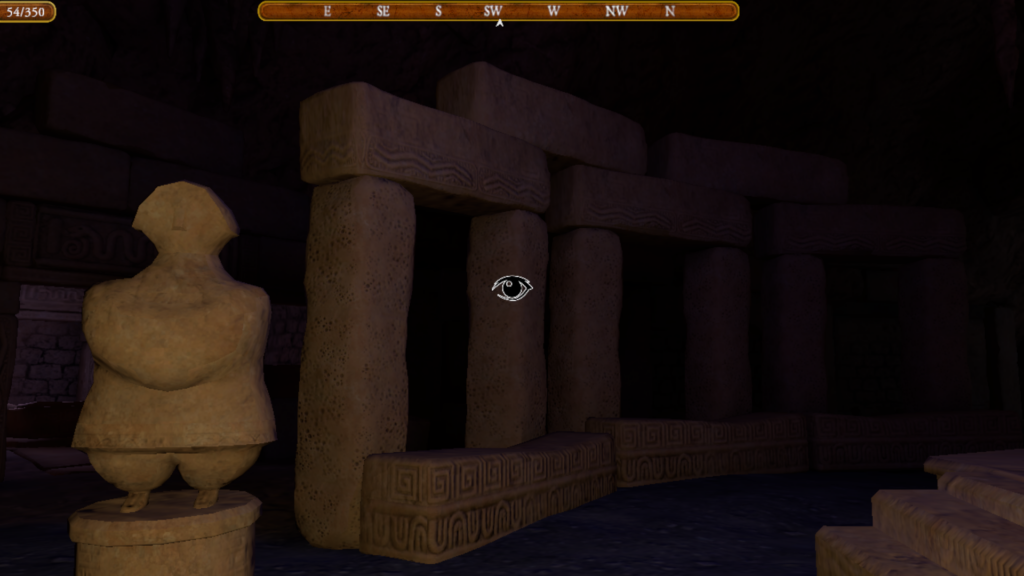
Instead of offering up detailed, lifelike visuals akin to modern AAA titles, Colossal Cave immerses you into a feeling of nostalgic wonder with its mystical and retro charm. One way the game accomplishes this feeling is through the diversity of its rooms. Each room, from the Hall of the Mountain King to the Orient loop, distinguishes itself with its own handcrafted design that keeps you in wonder as you explore further.
Aside from visuals, the game also helps immerse you in the adventure through its sound. As you explore the cave systems, you’ll hear everything from the clamoring of rocks to the roaring underground rivers. Additionally, the game also adapts the original text descriptions into the dialogue of its charming narrator.
A puzzling quest of confusion
Your core gameplay mechanics in Colossal Cave are fairly simple: you can move around, pick up items and use them to solve various puzzles. However, it’s these puzzles that are the meat of the gameplay.
Yet, it’s also when encountering these puzzles where players could become most divided. This game doesn’t hold your hand. As a result, it’s easy to become confused with some of the more complicated obstacles. Although the narrator will eventually give hints, accepting the hint will cause you to lose points. In addition, the hints oftentimes still leave the solution to some puzzles vague.
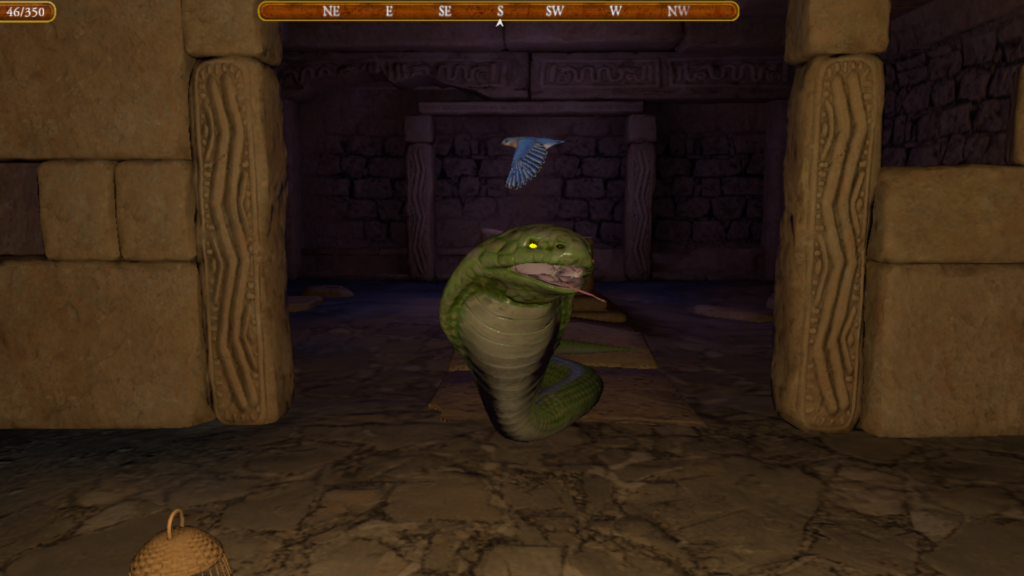
One instance I found particularly frustrating in my playthrough happened when I inadvertently entered Witts End. The room, featuring a ladder and multiple doorways in all directions, can easily trap players as every path you enter seems to take you back to where you started. I spent nearly an hour in this room, and I even began contemplating loading an earlier save.
Another confusing puzzle that happens early in the game sees you trap a bird in order to scare off a snake. However, completing this puzzle completely requires trial and error, as there are no indications that a small bird will scare away a giant snake. Though there are countless other examples, the point I would like to make is that fans of the original 1976 game will adore the remake’s faithfulness; whereas newer players might want to quit before they even get past the Hall of the Mountain King.
Those darned dwarves
Another core feature that returns for the remake is the randomness of enemy encounters. Early on, you’ll encounter your first dwarf who throws an axe at you before vanishing. Fortunately, you can pick the axe up, as you’ll need it to defend against the countless other dwarves that show up at seemingly random times.
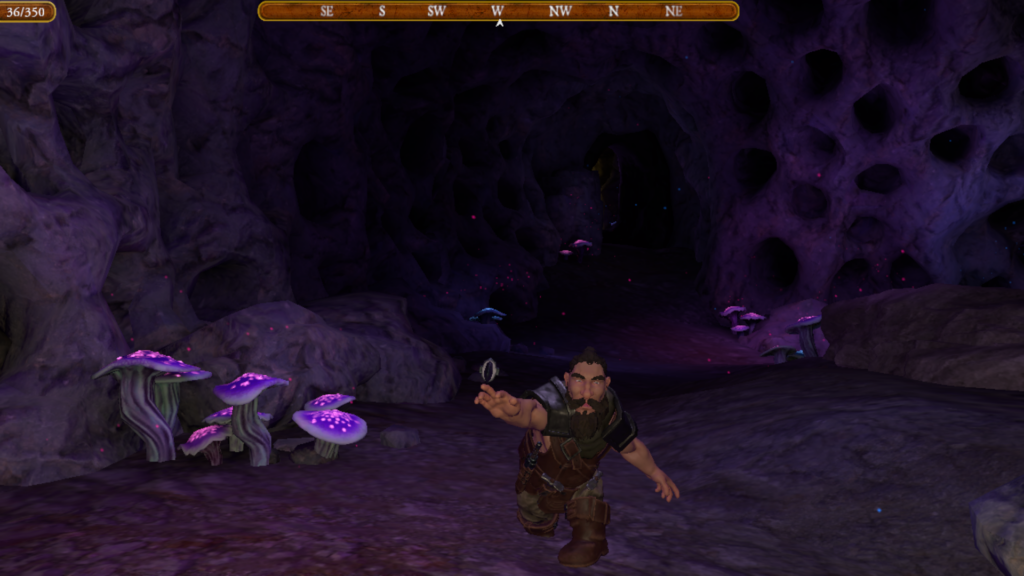
Dwarves show up periodically, either alone or in groups and proceed to launch throwing knives at you. However, just as in the original text game, you cannot attack the dwarves back until after their move. Essentially, this means that the chance you get hit and killed with one of the knives is based on a pre-determined algorithm (ripped straight from the original game).
As a result, you will die at various points in the game from these random encounters that have no way to prevent it. In addition, the game only gives you three lives before you lose all of your progress and have to start over. Though, every death will land you back at the cabin anyway without loading an earlier save.
Fortunately, the game allows you to save, which you will want to do frequently, so you can load an earlier save game instead of starting from total scratch. However, in a world where players are accustomed to checkpoints where the game autosaves, the need to frequently save progress to avoid starting from square one may be a pain point for some players. Again, these encounters represent another set of instances where established fans will rejoice at the faithful adaptation, where newbies will scratch their heads in frustrated bewilderment.
VR: Get Immersed in the Cave
Colossal Cave has been ported to the Meta Quest 2 system in addition to the PC. This takes the gaming and exploration of the massive chambers and rooms to an entirely new level by truly surrounding the player in the immersive, dark and gloomy cave itself. The nostalgic fun of the original game, and the imagination fans used to envision the puzzles now fully encompass you with a full 360-degree field allowing gamers to fully become part of the game.
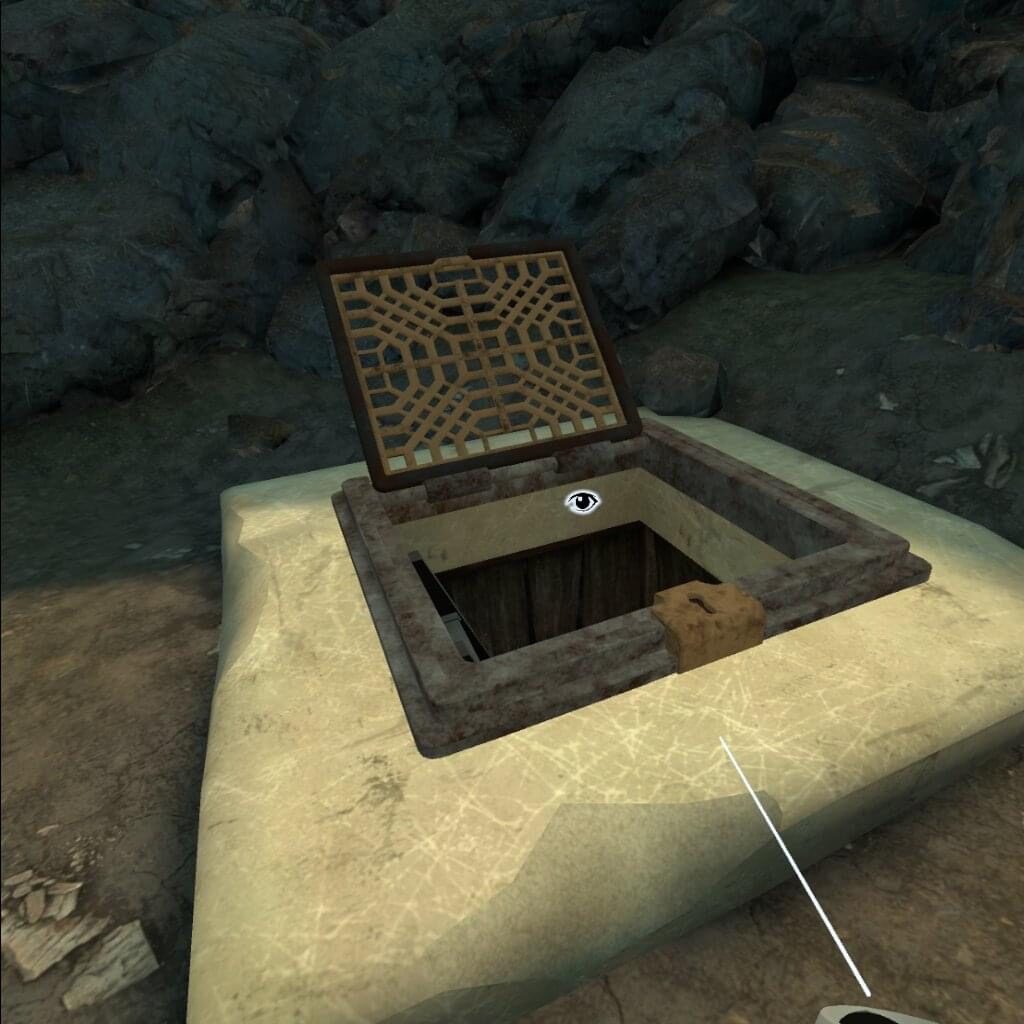
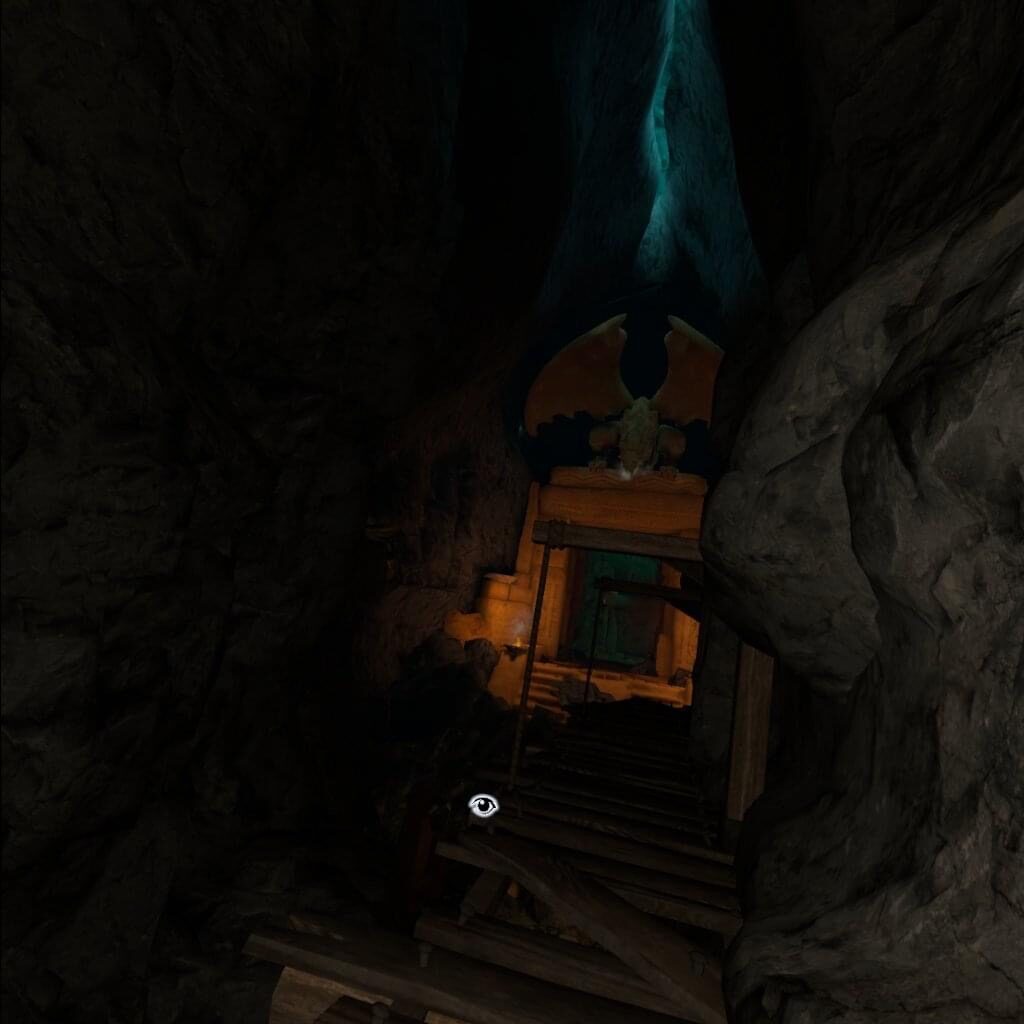
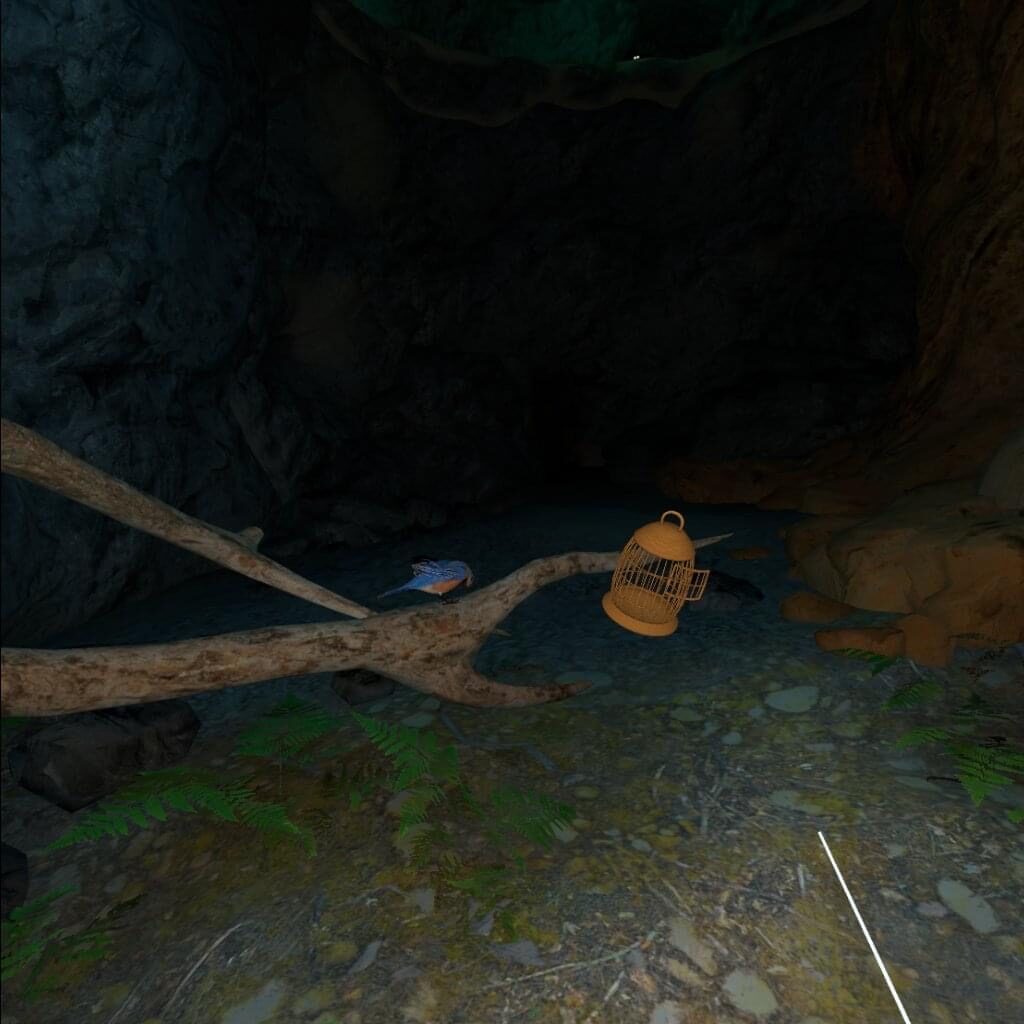
However, for anyone susceptible to motion sickness, the game’s movement functions can be a bit jarring. At the opening, the player is given the options of Comfort Locomotion or Classic Locomotion. Classic lets you move through the environment using the thumb stick. Although there is an option to switch between snap and smooth turning, the motion does not follow your head. Comfort Locomotion, which is the favored movement method of Robert Williams, is equally unwieldy, mapping all motion controls to the left controller and all inventory to the right. You move forward holding down the trigger button and reverse with the grip button. Both can result in nausea if you’re prone to it, unfortunately.
VR vs PC: Is there a difference?
But does the translating the game to a VR platform truly create a different experience? Aside from the immersive surroundings, there’s honestly very little difference between the VR and PC versions. There are a few jump-scares that do work incredibly well in VR, but, while it’s fun to throw an axe at an attacking dwarf in front of you, the mechanics of the virtual environment actually make it rather difficult to aim properly.
Cycling through the inventory on a screen you’re sitting in front of is much less distracting than it filling your entire environment, especially when a dragon is attacking you. And, if you are the type to try and score the max 350 points, you’ll find yourself endlessly glancing down at the point counter on the virtual right-hand controller (where the point counter is always displayed) to see if the action you just took increased your score or not.
Fans of the original 1976 version will certainly relish walking through the reimagined world of Colossal Cave. But as the graphics are rather low-res by today’s standards, it will be hard to hold the attention of modern gamers.
Oops, guess I should restart!
Like the 1976 text adventure, Colossal Cave‘s replayability takes the form of using trial and error to walk out with a higher score. Certain things in the game won’t be obvious. For instance, you pick up food at the beginning of the game that you’re supposed to use to lure a bear into scaring a troll much later on. However, it’s easy to simply eat the food yourself and be unable to get the treasure past that greedy troll once you do find him.
In addition, there is a pirate that will show up periodically to steal all of your treasure. He keeps it all in his own secret room, but that’s another thing in the game that rookie players will have no idea of. Add in some of the other previously mentioned trial and error features, and you’ll find yourself needing to restart multiple times in order to beat the game.
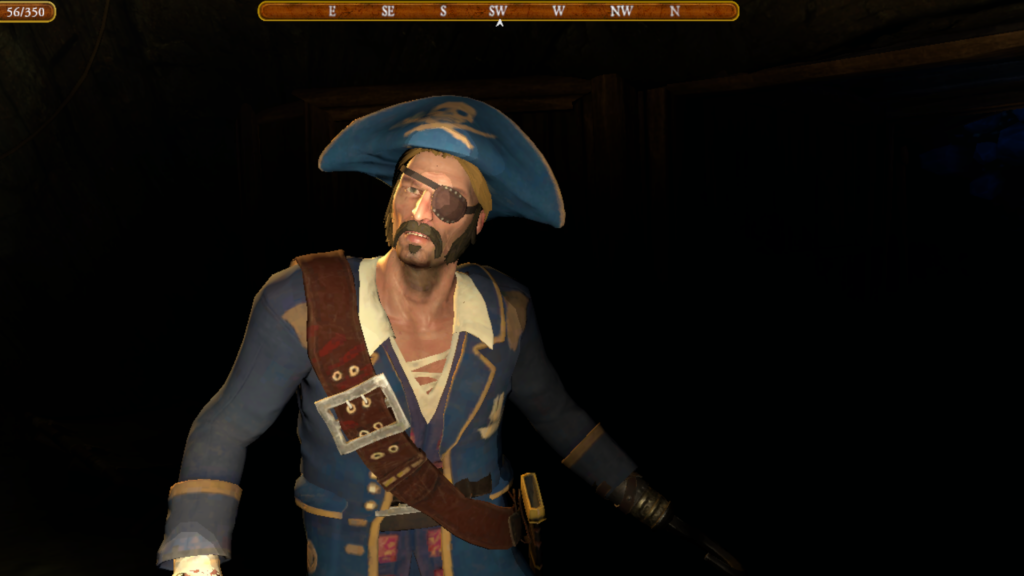
Once you do reach the end, which you must do through that infamous Witts End room, you’ll find yourself in a large warehouse. After exploring for a bit, you’ll enter an office of bluish-green elves who congratulate you and show you your score. With a 350-point maximum, completionists may find themselves restarting the game in order to hit that coveted number.
Concluding thoughts on Colossal Cave
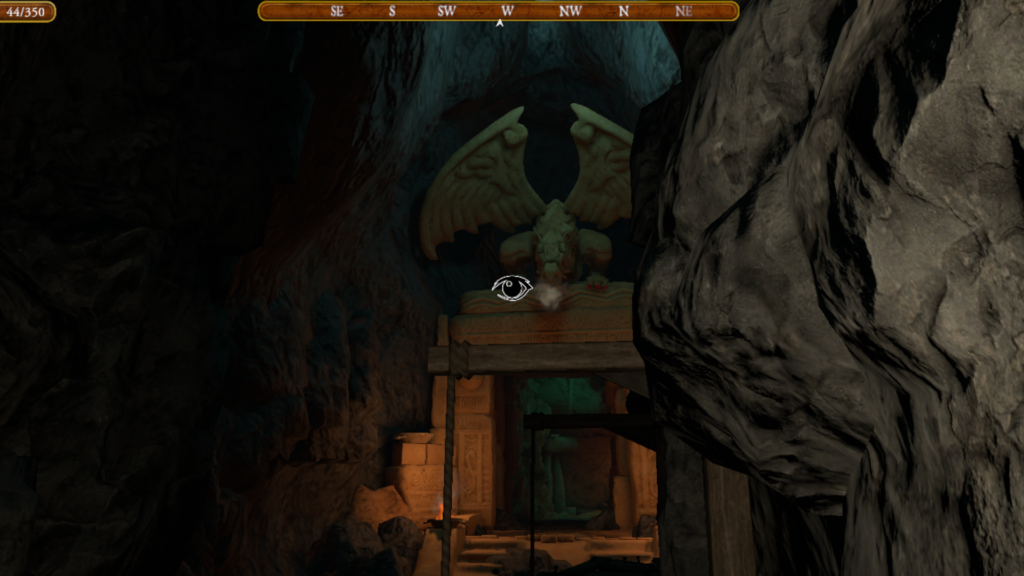
Overall, Colossal Cave is a time capsule to the titles of yesteryear. From its dated visuals to its unstructured level design, the remake keeps the original in tact, flaws and all. From start to finish, the game is upfront about catering to its target audience of retro gamers.
Essentially, your enjoyment of Colossal Cave completely depends on your connection to the original 1976 text adventure. For fans of the original game, Roberta Williams’ redesign will feel like a welcome update that provides visuals without tampering with core gameplay functions. However, the game likely won’t win over younger players due to its dated design and lack of modern sensibilities.
There is the hope that delving into these precursors of the classic adventure game world might lead to future recreations of other early works. Just picture King’s Quest, Space Quest or (shudder) Leisure Suit Larry rendered in a full 3-D interactive virtual environments! So, let’s look at Colossal Cave VR as a gift to fans of the classic and opening the door to potential other retro games finding a new immersive life down the road.
For players who do get stuck along their way and want a bit of help, a Tip Hotline is available at 206-207-9017.
Colossal Cave is available now on PlayStation 5, Xbox Series X/S, Nintendo Switch, PC and Meta Quest 2. It will also find a home on PlayStation VR2 later this year. Both review codes were provided by Cygnus Entertainment.
VERDICT
GOOD
GOOD
Essentially, your enjoyment of Colossal Cave completely depends on your connection to the original 1976 text adventure. For fans of the original game, Roberta Williams' redesign will feel like a welcome update that provides visuals without tampering with core gameplay functions. However, the game likely won't win over younger players due to its dated design and lack of modern sensibilities.

